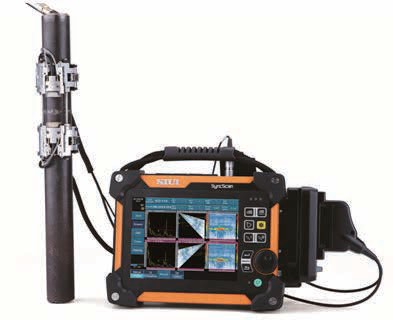

If not, your dealer should be able to tell you over the phone, but make sure you disclose that the K values are off and you want to reset back to factory settings.
#Car fuel gauge simulator recorder how to
Your C-10 manual should tell you how to do this. Now, since your K values have been messed up somehow, you can reset them back to factory settings. This option doesnt give you the calibrate option. It then prompts you to input the actual amount. Now, if you have only done a partial fill, then If you input fuel added or select the option to calibrate at this time, it will change the K value and will show you the new value which is then confirmed. That may be where someone has made a mistake. In this process, you NEVER input the amount of fuel added unless you select the option to calibrate. This resets the fuel remaining in the tank to the tank capacity amount that was input when the system was first set up.

Then a popup asks if you want to calibrate? If the fuel added to fill the tank matches the amount the system says, you select NO and complete the process. Now, if you have filled to full, you just highlight "set to full" or equivalent, and hit enter. Then you have a choice to make depending on whether you have filled the tank to full, or done a partial fill by just adding X amount of fuel.
#Car fuel gauge simulator recorder software
I am not familiar with the C10's, but when you are doing the "refuel" process on the SMIS gauges or on Lowrance or Simrad MFD's, the process goes like this, and the C10 is probably very similar given its manufacturd by the same people and runs a similar software design: Perhaps you did that inadvertently? Or oerhaps the dealer? If the K value is off, then someone must have calibrated the fuel flow when they were refilling the tanks. Its kind of a critical bit of info and tells us the likely cause of the problem!! Ok, thanks for telling us that the K values are off. So you could select data from port engine to show on LHS gauge if that's what you want and some combined data on another page. Which means picking the engine data etc for each gauge as you require them to be. Step 5 : customise each C10 display to suit your preferences. Step 2 : go into C10 network menu for setup process and complete boat setup as 2 engines/2 tanks. Step 1 : turn network power and both engine keys on. Once you've done the config process properly, the engine data should respond smoothly. Re the trim gauge, I'm not familiar but I do think they may need to be calibrated - have you done that? The gauge manual should have details of what's required. When you give them their names you can turn one off so you know which one is which for the naming process, then turn it back on. Keys must be tuned to the on position where each engine beeps, but engines dont need to be running. Just remember when you are doing the config, you should have both engine keys turned on, otherwise the network won't detect them and you won't be able to do the config properly. Then once that's done, you can give each Suzuki interface on the network a name corresponding with its location (ie port and starboard), which then makes the gauges simpler to set up as you know what engines data you are dealing with. So, in effect, you have to "measure the sender's" resistance and convert to a current source (voltage across a resistor) through a look-up table to drive the existing gauge.Īn Arduino would surely have the smarts to do so.When you do the initial network configuration, you should first of all, set up the boat as "2 engines/two tanks" and then it should ask you to enter the capacities for each tank separately. I think when you mean "LPG level gauge" and "fuel level gauge" you mean sending unit or simulated sender. I have been contemplating a similar issue, but not with fuel gauges.Ī microprocessor is likely the "way to go". Measurement of open circuit voltage and short circuit current and any waveform present helps to get started as well as if there are any "regulator modules" and/or multiple terminals on the gauge. There's another way that's used an it also compensates for low battery voltage. Liability is the main reason, I'm sure people don't take to this project well. It's also why, the gauge doesn't bounce around and it takes a while to register when first turned on, In one system I knew of, there was a pulsing regulated voltage and a fluid filled ammeter.

It seems like someone should make a universal solution at least the ability to adopt senders to existing gauges. In one case you have a linear relationship and an inverse non-linear one.


 0 kommentar(er)
0 kommentar(er)
